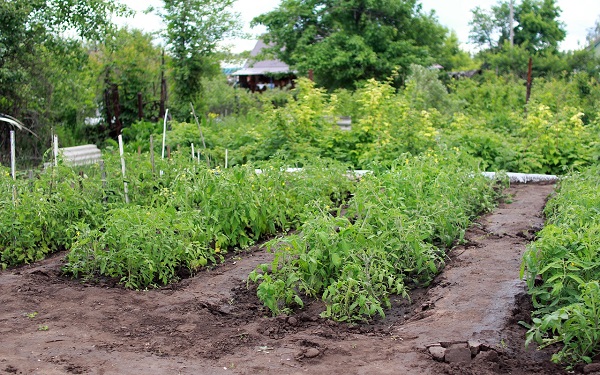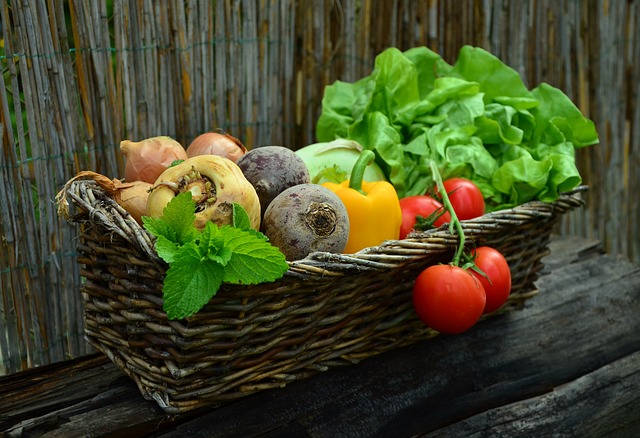Introduction
In the wake of global conflicts and economic uncertainties, one of the most enduring symbols of self-sufficiency and community resilience is the victory garden. These gardens, which gained prominence during both World Wars, are making a significant comeback as people seek ways to enhance food security and foster a connection to their food sources. But what exactly is a victory garden, why does it work so well, and how can you start one? Let’s delve into these questions and explore how you can cultivate your own piece of history.
What is a Victory Garden?
A victory garden, also known as a war garden or liberty garden, is a private garden planted by individuals or families to grow food during times of war or crisis. The term originated during World War I and was popularized during World War II when governments encouraged citizens to grow their own fruits and vegetables to support the war effort. The idea was simple: by reducing the demand on commercial food supplies, more resources could be allocated to the military.

Victory gardens were not only a practical solution to food shortages but also a morale booster. They empowered people to contribute to the war effort and provided a sense of accomplishment and self-reliance. The movement saw millions of Americans and Europeans turning their backyards, community spaces, and even rooftops into productive gardens.
Why Victory Gardens Work
Reducing Food Dependence: Victory gardens work by alleviating pressure on the commercial food supply chain. By growing your own food, you decrease your reliance on grocery stores and reduce the strain on transportation and distribution networks, which can be particularly crucial during times of crisis.
Promoting Self-Sufficiency: Growing your own food fosters self-sufficiency and resilience. It teaches valuable skills in horticulture, nutrition, and sustainability, empowering individuals and communities to manage their food sources more effectively.
Enhancing Nutrition: Homegrown produce is often fresher and more nutritious than store-bought alternatives. Victory gardens encourage the consumption of a variety of fruits and vegetables, contributing to better overall health.
Strengthening Community Bonds: Victory gardens can bring communities together. Sharing tips, resources, and even produce fosters a sense of community and mutual support. Community gardens, in particular, are a way for neighbors to collaborate and grow food collectively.
How to Start a Victory Garden
Planning Your Garden: Before you start planting, assess the space you have available. Victory gardens can be planted in traditional garden beds, containers, or even vertical gardens if space is limited. Choose a location that receives at least 6-8 hours of sunlight daily and has access to water.
Selecting Plants: The choice of plants for your victory garden depends on your climate, soil type, and personal preferences. Here are some versatile options:
- Vegetables:
- Tomatoes: A staple for many home gardeners, tomatoes thrive in warm weather and can be used in numerous dishes.
- Carrots: These root vegetables are easy to grow and store well.
- Lettuce and Spinach: Leafy greens grow quickly and can be harvested multiple times.
- Beans: Both pole and bush varieties are great for adding protein to your diet and are relatively easy to grow.
- Fruits:
- Strawberries: They can be grown in garden beds or containers and provide sweet, nutritious fruit.
- Cucumbers: Ideal for pickling or fresh consumption, cucumbers grow rapidly and produce abundant yields.
- Herbs:
- Basil: Great for cooking and repelling pests, basil is a versatile herb.
- Mint: Easy to grow and useful for adding flavor to a variety of dishes and beverages.
Soil Preparation: Good soil is crucial for a successful garden. Start by testing your soil’s pH and nutrient levels. Amend the soil with compost or organic matter to improve fertility and drainage. Raised beds or container gardening can be a good alternative if your native soil is not ideal.
Planting and Maintenance: Follow the planting guidelines for each type of plant regarding spacing and depth. Regular watering, weeding, and pest management are essential to ensure healthy growth. Consider using natural pest control methods, such as introducing beneficial insects or using homemade sprays.
Harvesting: Harvesting times vary depending on the plant. Generally, vegetables and herbs should be picked when they are ripe and at their peak flavor. Regular harvesting can encourage plants to produce more.
Preserving and Sharing: To make the most of your harvest, consider preserving surplus produce through canning, drying, or freezing. Sharing excess produce with neighbors or local food banks can strengthen community ties and contribute to local food security.
Victory Garden Layout
Conclusion
Victory gardens are more than just a way to grow food—they are a symbol of resilience, self-sufficiency, and community spirit. By reviving this time-tested tradition, you not only contribute to your own food security but also reconnect with a practice that has empowered individuals and communities through times of challenge. Whether you have a sprawling backyard or a small balcony, starting a victory garden is a rewarding endeavor that can make a meaningful difference in your life and in your community. So grab your gardening gloves and seeds, and begin cultivating your own slice of history today.

